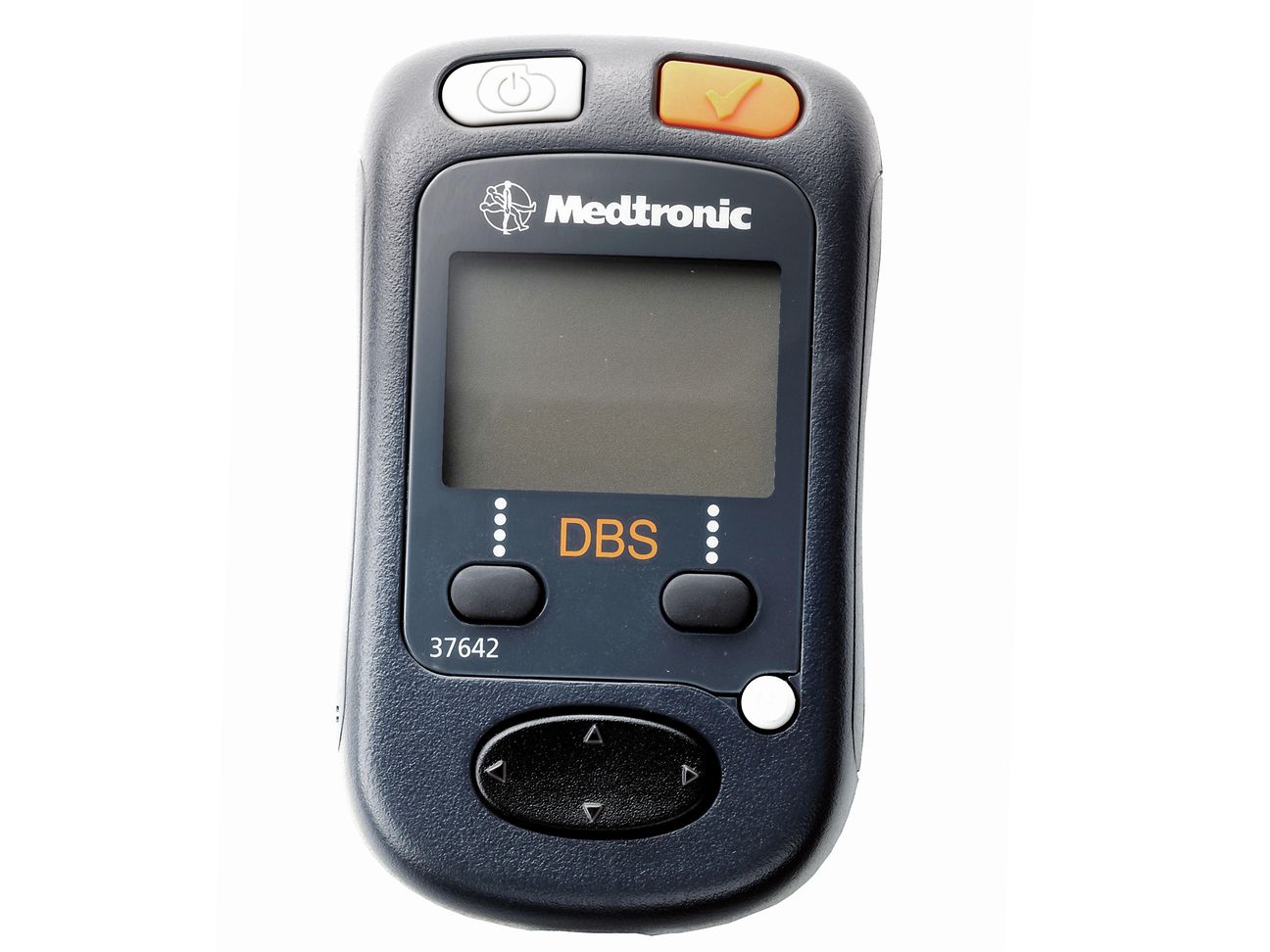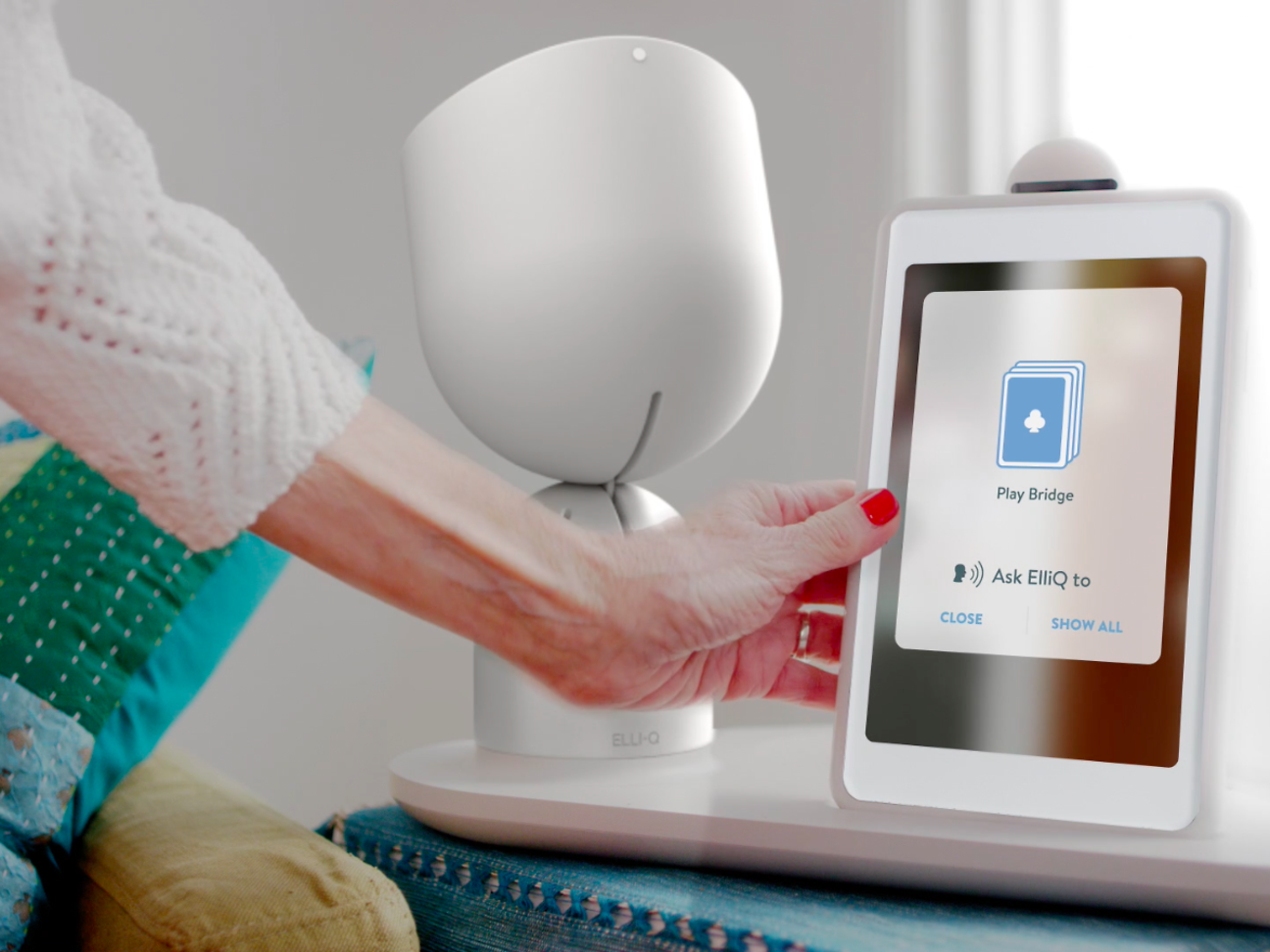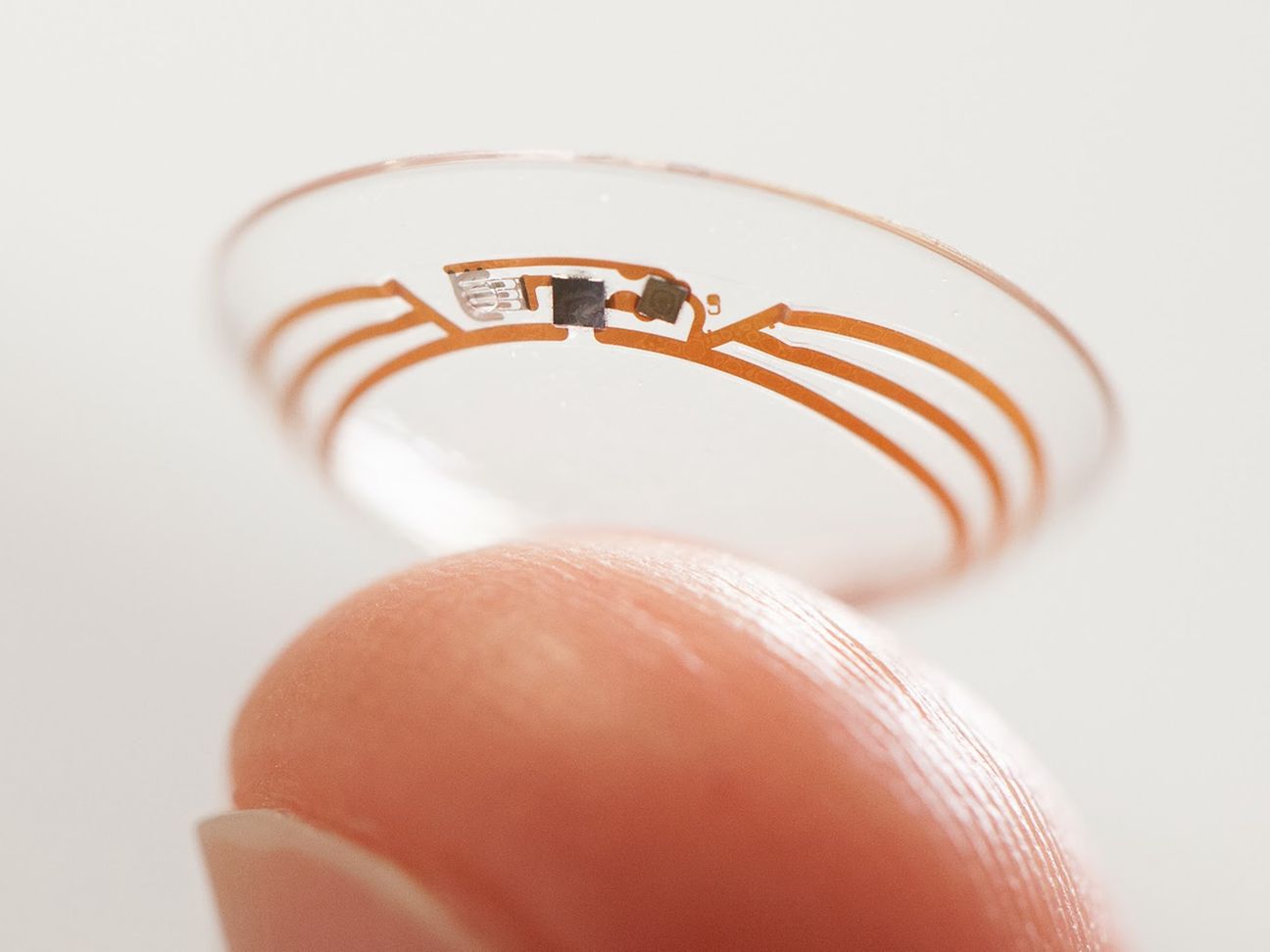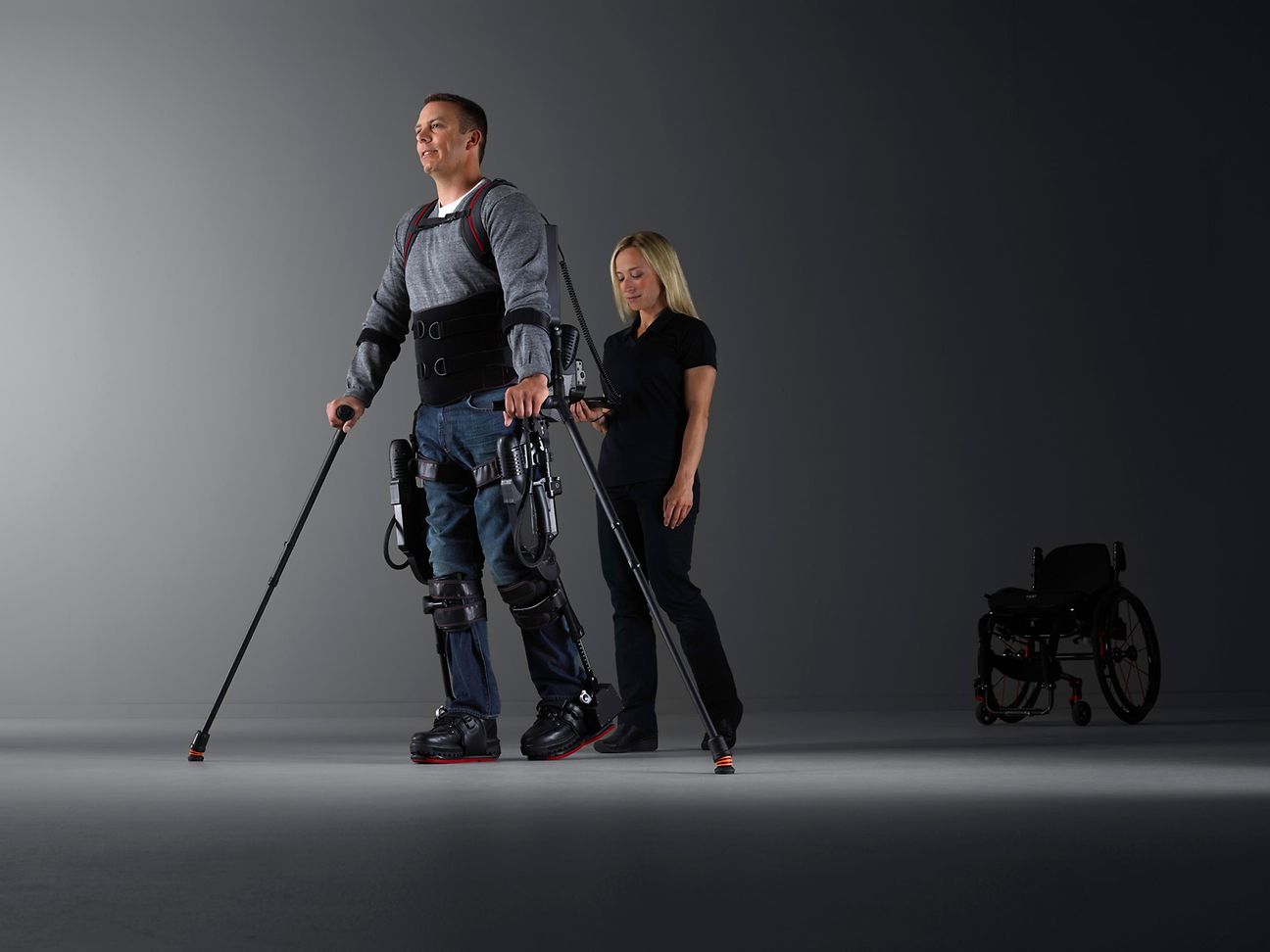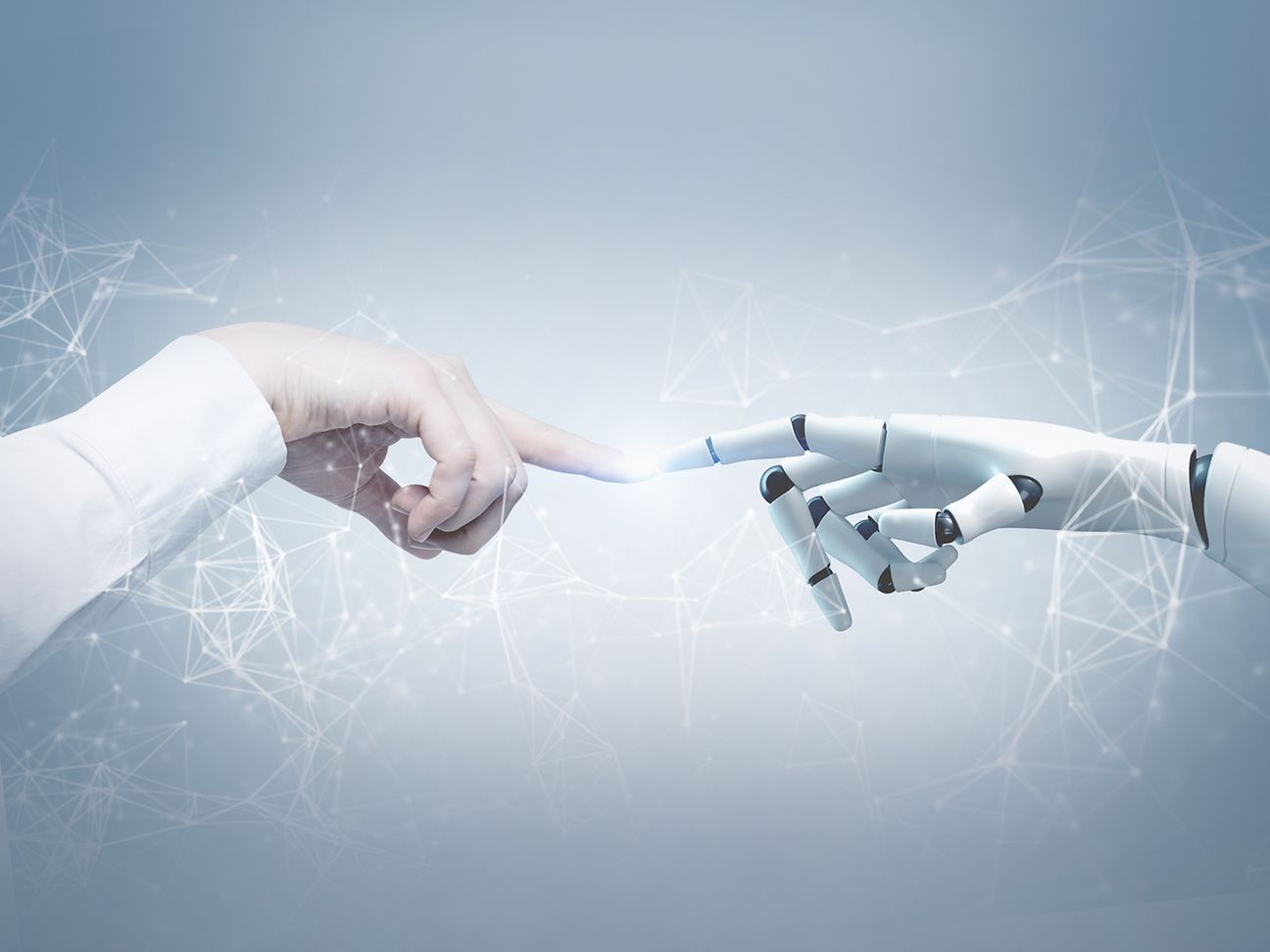

The future is now – digitization in the service of health
Deep brain stimulation calms tremors
Deep brain stimulation (DBS) has been helping Parkinson's sufferers by calming their tremors and enabling them to reduce their medications. To treat a patient using DBS therapy, a neurologist surgically implants a neurostimulator, a heart-pacemaker-like device that delivers electrical impulses to precisely chosen areas of the brain. The device is normally planted near the collarbone.
Studies have shown that DBS therapy can substantially relieve certain symptoms of Parkinson's disease. And in addition to being approved for treatment of Parkinson's disease, the therapy has been approved for treatment of essential tremor, dystonia, obsessive-compulsive disorders and epilepsy. Since 1997, over 150,000 patients worldwide have been treated with DBS.
Videos ARD Mittagsmagazin (German TV news program)
Medtronic (German)
Stefan (German)
Andrew (English)
Elli Q helps seniors stay mentally fit
At the beginning of this year, the startup firm Intuition Robotics presented Elli Q, an AI-driven robotic assistant engineered to interact with seniors and help them stay mentally and physically fit.
The system is designed to stimulate senior users' minds by using digital content. It helps them stay engaged and active by connecting them to content such as music, news or audiobooks; reminding them to keep appointments and take medications; playing games with them; recommending physical activities at home; and connecting them with family and friends. It is thus designed to help older adults overcome the technical hurdles that often prevent them from enjoying and profiting from the rich resources of the digital world. For example, Elli Q can call a user's attention to posts from family in social media and can read the posts out loud. If a user wishes, Elli Q can post his or her answers or comments to social media channels.
With its "natural communication" functionalities, including body language and speech, and use of light, sound and images, Elli Q is highly emotive and easily understood. In addition, it learns continually from the owners and family members who interact with it. This includes learning which sorts of characteristics and behavior are most preferred. Elli Q learns from all interaction with its owner, with artificial intelligence that enables it to adjust to their personality and personal preferences.
Elli Q, whose name was inspired by the term "emotional intelligence," has been in a test phase since February. It is expected to be available on the market soon.
Digital lenses provide the right perspective on things
Many diabetics who have to prick their fingers often – in some cases, more than six times per day – to measure their blood glucose are looking forward to the arrival of a special contact lens. The new lens measures blood glucose levels by analyzing tear film (blood glucose levels can be measured in body fluids other than blood), and it automatically sends the results to the user's smartphone.
The smart contact lens, which the Google X research facility first announced to the public in 2014, contains a sensor that measures glucose levels in wearers' tears, and it generates readings once per second. It uses a tiny wireless chip that could be mistaken for bits of glitter and a ring-shaped, peripherally embedded micro-antenna with approximately the diameter of a human hair to transmit the data collected by the sensor to to a smartphone app. The contact lens might also be fitted with integrated tiny LED lights that would light up when glucose levels rise above or sink below certain thresholds.
Such smart contact lenses are also being developed for other types of applications, such as recording of images (both still and video) triggered with a blink of the eye. Even today, smart contact lenses can recognize objects, streets, restaurants and stores and send relevant information in real time to the user's smartphone.
In addition, Google is currently working on integrating its digital Google Lens in smartphone cameras. The Lens function would be able to recognize images taken by the camera, and provide and process pertinent information. The Lens program is another of Google's efforts to integrate artificial intelligence within its services. For example, the program might identify a flower the users is just see through the viewfinder of their camera app. Or, in a function that could be of great use for allergy sufferers and diabetics, it would be able to show the ingredients in foods. It could thus eliminate a great deal of guesswork for diabetics, because a smartphone's camera app would then be able to show how many units of insulin the user would need for a given food.
A paraplegic kicks off the World Cup in Brazil
A Brazilian wheelchair user kicked off the World Cup in São Paulo. Using a robotic exoskeleton that Professor Dr. Miguel Nicolelis had developed over a period of ten years, the Brazilian, a paraplegic, was able to symbolically launch the tournament by kicking the World Cup ball from the center of the soccer field.
Controlling the exoskeleton solely via brain activity and electronic signals, the wheelchair user was able to walk a considerable distance and then kick the ball.
The suit is 178 centimeters tall and weighs 60 to 70 kilos. Wearers do not notice the suit's weight, however, since it is equipped to balance and move the exoskeleton. The suit monitors and interprets the wearer's electrical brain activity. If a wearer wishes to walk and to kick a soccer ball, for example, the suit can correctly interpret the underlying brain activity and carry out the actions. At the same time, the user can feel the actions that are being carried out. In addition, artificial skin is being developed that can react to touch – for example, at the wearer's feet – and transmit signals accordingly.
As might be expected, the robotic exoskeleton is not suitable for all paraplegia patients, since there are many different kinds of paraplegia, with a great many different kinds of symptoms. Developers of such systems thus still have a range of uncertainties to overcome. Nonetheless, such developments are already giving many wheelchair users hope for a new level of freedom. Nicolelis is convinced that within a few years we will see people walking in New York who suffer from paraplegia and are completely unable to walk at present.
